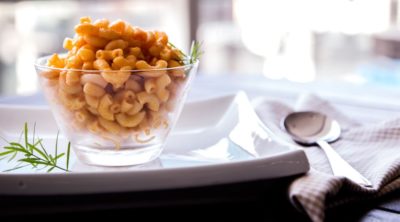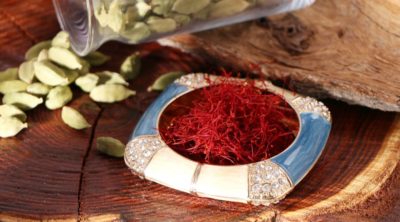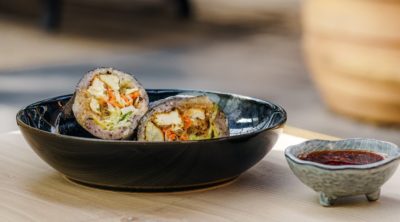
Dry mustard is used to add heat and a pungent flavor to dishes. But have you ever wondered which other ingredients can do the same job?
Did You Know?
In England, dry mustard is prepared from ground mustard, turmeric and wheat flour, and is popularly known as ‘English mustard’.
There are three different varieties of mustard seeds, namely, yellow, brown, and black. Of these, the yellow variety is the mildest, while the remaining two are more pungent and spicy to taste. Dry mustard, also known as ground mustard, is nothing but powdered mustard seeds. The dry mustard found in the United States is usually ground yellow-mustard seeds, whereas, its spicier version, which is used in Asian countries, is derived from its brown counterpart.
This powdered spice is used as a seasoning ingredient for soups, sauces, and pickles, and to make vinaigrette and salad dressings. Dry mustard is also used in a variety of dry spice rubs, and is the main ingredient in making a condiment called ‘prepared mustard’. It renders a tangy flavor to a dish, and can be easily availed from the spice section of a store. But what if you run out of this spice, and you do not have time to go out and buy it from the store? In such situations, you will need to consider other alternatives to replace dry mustard in your recipes, and this is absolutely fine. The following compilation of dry mustard substitutes (ingredients that are most probably available in your kitchen) will help you choose the right alternative for the right recipe.
Dry Mustard Substitutes
Prepared Mustard
Prepared mustard is made by combining dry mustard, vinegar, and water. In spite of being wet, it is the best substitute for dry mustard, since its main ingredient itself is ground mustard seeds. However, while using it as a replacement, one needs to follow a simple rule of thumb regarding the proportion to be used, so that the flavor and texture of your dish remains unaffected. For every teaspoon of dry mustard powder, use 1 tablespoon of wet mustard, and reduce the quantity of liquid in the dish by 1 tablespoon. This alternative is best suited to be used for making vinaigrette and salad dressings.
Turmeric Powder
The turmeric plant is native to the Indian subcontinent, and the powder which is derived from it is a common ingredient found in South Asian and Indian cuisines. It has a warm, bitter, pepper-like flavor, and a bright-yellow color. It can therefore be well-substituted for dry mustard in making various spice rubs and for seasoning soups, curries, pickles, etc. The ratio of substitution is 1:1, which means, 1 part turmeric powder can be substituted for 1 part dry mustard. Turmeric will not only render a yellow color to the dish, but will also add to the nutritional value, owing to its medicinal properties.
Mustard Seeds
Having mustard seeds instead of dry mustard will also help you add that extra punch to your dish. Simply crush the mustard seeds and sprinkle it over your salad, stew, soup, or add it to your spice rub. To use this alternative, the ratio of proportion of crushed mustard to dry mustard should be 1:2. This means, 1 tablespoon dry mustard can be substituted with ½ tablespoon crushed mustard.
Wasabi Powder and Horseradish Powder
Both wasabi and horseradish powder are good substitutes for dry mustard. Wasabi powder is made from the ground roots of the wasabi plant, also known as the ‘Japanese horseradish’, whereas, horseradish powder is derived from the horseradish plant. Both the plants belong to the same family as mustard. Both wasabi powder and horseradish powder are hot and spicy to taste, and are comparatively more spicy than dry mustard. You can use them to make vinaigrette and mayonnaise. However, while doing so, ensure that you use it in less quantities as compared to dry mustard.
The aforementioned alternatives will most probably be readily available in your kitchen. They will not only replace dry mustard in your dishes, but will also add a distinct flavor to them.






